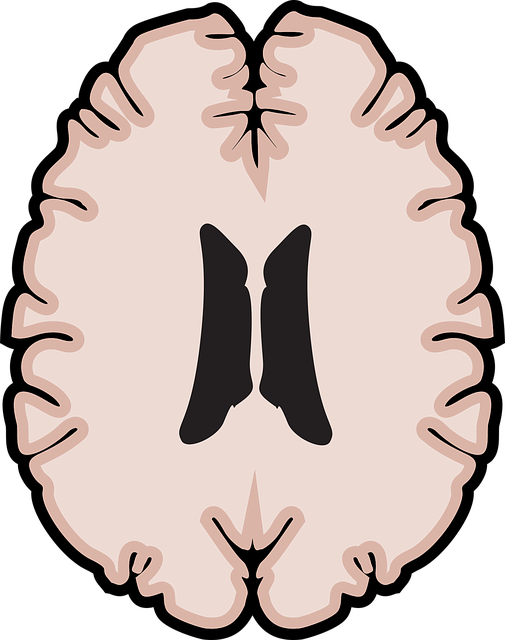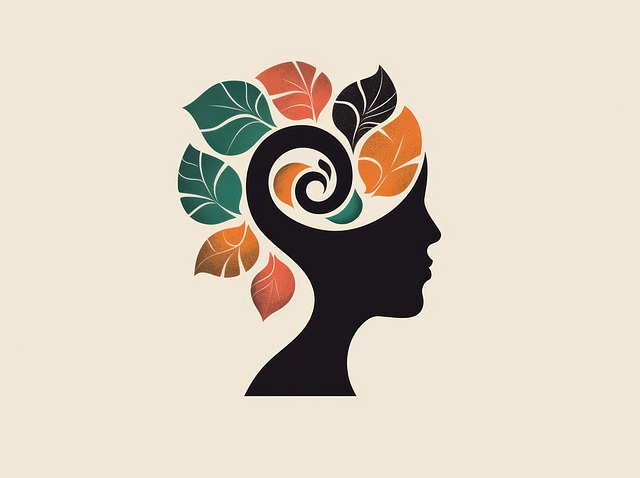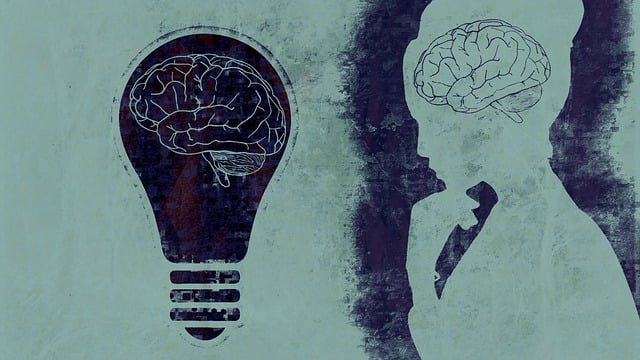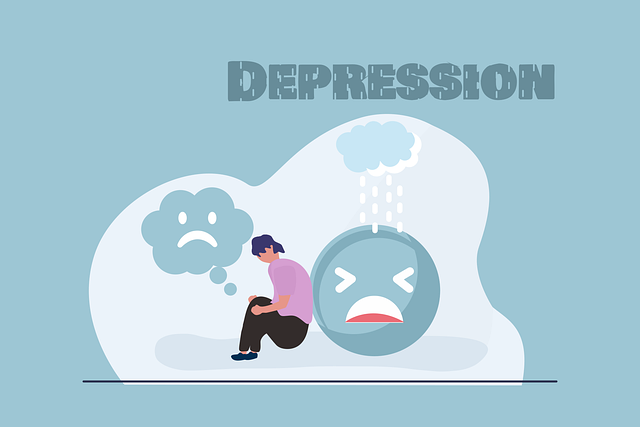Anxiety disorders, characterized by persistent worry or fear, disrupt daily life with symptoms like restlessness and concentration issues. Diagnosis by healthcare professionals using tools like DSM-5 is crucial for effective treatment, which often combines psychotherapy (e.g., CBT), medication, or both. Superior Adjustment Disorder Therapy, a CBT approach, teaches coping strategies and includes conflict resolution, community outreach, and stress reduction. Mindfulness and meditation are proven strategies for managing anxiety in SAD, while exposure therapy rewires the brain's response to fears. A holistic approach focusing on lifestyle modifications like exercise, mindfulness, sleep, and diet is also beneficial for long-term mental wellness.
Anxiety disorders affect millions, but there are effective management techniques available. This comprehensive guide explores several evidence-based approaches to overcoming anxiety. We delve into understanding symptoms and diagnosis, highlighting cognitive behavioral therapy (CBT) as a powerful tool for change. Additionally, mindfulness, meditation, exposure therapy, and lifestyle modifications offer natural ways to calm the mind and improve mental well-being, providing effective Superior Adjustment Disorder therapy options.
- Understanding Anxiety Disorders: Symptoms and Diagnosis
- Cognitive Behavioral Therapy (CBT): A Powerful Tool for Change
- Mindfulness and Meditation Practices for Calming the Mind
- Exposure Therapy: Facing Fears to Overcome Anxiety
- Lifestyle Modifications for Better Mental Well-being
Understanding Anxiety Disorders: Symptoms and Diagnosis

Anxiety disorders are a group of mental health conditions characterized by excessive and persistent worry or fear that interferes with daily life. Symptoms can include restlessness, irritability, difficulty concentrating, insomnia, and physical manifestations such as increased heart rate and muscle tension. Recognizing these signs is crucial for proper diagnosis, which typically involves comprehensive evaluations by qualified healthcare professionals. They employ tools like the Diagnostic and Statistical Manual of Mental Disorders (DSM-5) to ensure accurate identification.
Proper diagnosis is essential for effective treatment, which often includes a combination of psychotherapy, medication, or both. Cognitive Behavioral Therapy (CBT), for instance, has proven successful in managing anxiety by helping individuals identify and change unhelpful thought patterns and behaviors. Superior Adjustment Disorder Therapy, as part of CBT, focuses on teaching coping strategies to manage symptoms. Additionally, conflict resolution techniques, community outreach program implementation, and stress reduction methods can all play a role in mitigating anxiety and improving overall well-being.
Cognitive Behavioral Therapy (CBT): A Powerful Tool for Change

Cognitive Behavioral Therapy (CBT) is a highly effective and evidence-based approach to managing anxiety disorders, including Superior Adjustment Disorder. This therapy focuses on identifying and changing negative thought patterns and behaviors that contribute to anxiety. CBT empowers individuals to challenge their anxious thoughts and replace them with more realistic and positive ones, thus reducing the intensity of anxiety symptoms.
By using various techniques such as behavioral activation, cognitive restructuring, and mindfulness training, CBT aids in depression prevention and promotes mental wellness. One powerful tool within CBT is empathy-building strategies, which encourage therapists to understand their clients’ experiences from their perspective. Additionally, keeping a Mental Wellness Journal can be an engaging journaling exercise guidance that helps individuals track their thoughts, emotions, and behaviors, allowing them to recognize patterns and make sense of their experiences.
Mindfulness and Meditation Practices for Calming the Mind

Mindfulness and meditation practices have emerged as powerful tools for managing anxiety and improving overall mental well-being. By focusing on the present moment and cultivating a non-judgmental awareness, individuals can effectively calm their restless minds and gain better control over anxious thoughts. This practice is especially beneficial for those dealing with Superior Adjustment Disorder (SAD), a condition characterized by persistent anxiety and difficulty coping with everyday stressors.
Integrating mindfulness into daily routines involves simple yet profound techniques such as deep breathing exercises and mindful observation of thoughts and sensations without attachment or reaction. These practices enhance emotional regulation, foster self-awareness, and provide individuals with valuable coping mechanisms to navigate challenging situations. Through dedicated meditation sessions, one can learn to disengage from anxious ruminations, promoting a sense of inner peace and composure.
Exposure Therapy: Facing Fears to Overcome Anxiety

Exposure therapy is a powerful technique that helps individuals confront their fears directly to overcome anxiety disorders, including Superior Adjustment Disorder. By gradually exposing oneself to feared situations or objects, this therapeutic approach enables people to learn that their worries are unfounded and reduce the physical and emotional responses associated with anxiety. It’s a game-changer in mental health education programs designed to empower individuals with effective coping strategies.
This method is not just about facing fears; it’s also about rewiring the brain’s response to those fears. Through controlled exposure, therapy helps individuals understand their anxiety triggers, challenge negative thoughts, and develop healthier responses. Incorporating this into Mental Health Policy Analysis and Advocacy can lead to more comprehensive support systems that offer evidence-based treatments like Superior Adjustment Disorder Therapy alongside other mental wellness initiatives, ultimately improving overall mental health outcomes.
Lifestyle Modifications for Better Mental Well-being

Anxiety management goes beyond therapy; it involves a holistic approach to well-being. Lifestyle modifications play a pivotal role in addressing and preventing conditions like Superior Adjustment Disorder (SAD). Simple yet powerful changes, such as regular physical activity, can significantly reduce anxiety levels and enhance overall mental resilience. Exercise releases endorphins, which act as natural stress relievers, improving mood and promoting better sleep.
Additionally, cultivating healthy habits like mindfulness meditation, sufficient sleep, and a balanced diet contributes to depression prevention and risk management planning for mental health professionals. These practices foster self-esteem improvement, equipping individuals with coping mechanisms to navigate life’s challenges more effectively. By integrating these lifestyle adjustments, people can build a strong foundation for managing anxiety and promoting long-term mental wellness.
Anxiety disorders, such as Generalized Anxiety Disorder and Panic Disorder, can significantly impact daily life. However, with the right tools and techniques, managing anxiety is achievable. Cognitive Behavioral Therapy (CBT) offers a structured framework for challenging negative thought patterns, while mindfulness practices like meditation promote present-moment awareness. Exposure therapy empowers individuals to confront fears in a controlled manner. Additionally, lifestyle modifications focusing on exercise, sleep, and nutrition are essential for optimal mental well-being. By combining these evidence-based strategies, including CBT and Superior Adjustment Disorder therapy, individuals can enhance their coping skills and lead more fulfilling lives free from anxiety’s grasp.














